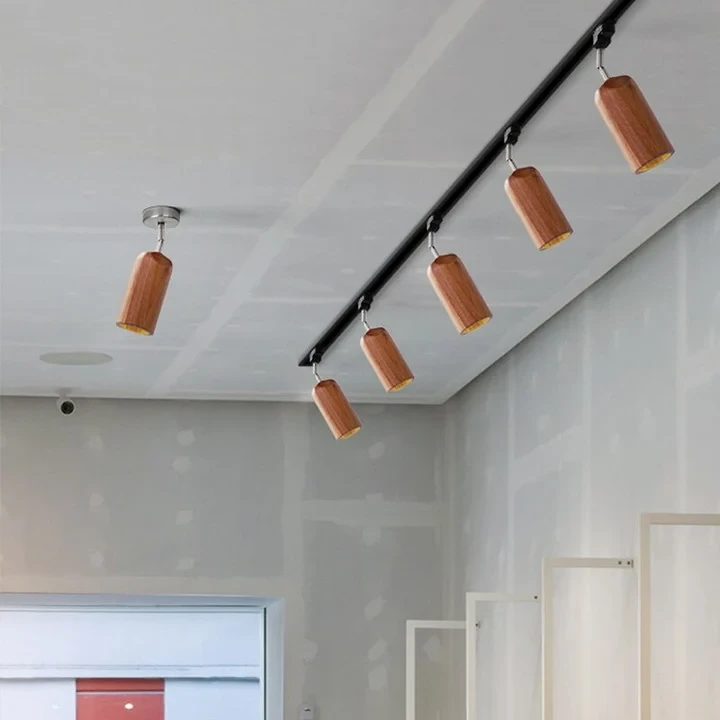
Understanding Different Lighting Types for Lounge Lighting Ceiling
By Zepboo Lighting on Apr 14, 2025
Looking to perfect your lounge lighting ceiling setup? This essential guide explores the different lighting types that can help you create a warm, functional, and inviting atmosphere. Your lounge isn’t just a room—it’s the heart of your home, where you unwind, socialize, or entertain guests. That’s why lighting needs to do more than simply illuminate. It must shape layered ambiance zones, control mood with dimming circuit planning, and ensure comfort with glare-free angles.
We dive into the three main types of ceiling lighting for lounges—ambient, accent, and task—and show you how to blend them into a cohesive lighting design. From recessed downlights that provide broad illumination, to sculptural pendant fixtures that double as art, the article helps you select fixtures that align with your layout and ceiling height.
We also explore how conversational lighting—a strategy that highlights seating areas while avoiding harsh shadows—can elevate your space’s social appeal. Plus, you’ll discover smart solutions like layered circuits, dimmable zones, and warm LED temperature settings that adjust lighting throughout the day or night.
Whether you want to create a cozy corner for evening reading or a dynamic entertaining zone for weekend gatherings, this article is your go-to guide for ceiling lighting that works with your lifestyle. Learn how to use light not just functionally, but emotionally—to bring out the best in your lounge design.
Understanding Different Lighting Types for Lounge Lighting Ceiling
The ceiling is where lounge lighting begins—but mastering it means more than adding a central fixture. From mood-making to visual comfort, your lounge lighting ceiling plan needs layers and thoughtfulness.
1. Ambient Lighting: Your Room’s Foundation
This is the primary light that fills the lounge, creating a base level of visibility. Recessed ceiling lights or flush mounts are common choices, but adding layered ambiance zones—where different areas glow at different intensities—makes a huge impact.
Pro Tip: Choose warm light temperatures (2700K–3000K) to keep the room cozy, not clinical.
2. Accent Lighting: Add Character and Depth
Accent lighting highlights architectural features, art, or textures. Ceiling-mounted spotlights, track lights, or pendant lights over shelves can all work here.
Design Insight: Use this to guide the eye across the room and build visual interest. Great for achieving conversational lighting around seating areas.
3. Task Lighting: Functional and Stylish
Don’t forget task zones—like reading nooks or workstations. Ceiling-hung directional fixtures or adjustable spotlights work well in these areas.
Layering Tip: Integrate task lighting within overall ambiance using dimming circuit planning to control each layer independently.
4. Avoid Glare with Angle Awareness
Glare-free angles are critical. Overhead lighting should be placed carefully to avoid shining directly into eyes when seated. Diffused materials (like linen shades or frosted glass) can help.
5. Smart Layering: Lighting That Shifts with Your Day
Combine all three types—ambient, accent, and task—for a fully dynamic space. Use dimmable LED bulbs and smart controls to fine-tune brightness across time zones and moods.
Dynamic Formula:
Ambient Base + Accent Points + Task Zones = Perfect Lounge Lighting Ceiling
Final Thoughts: Light That Lives With You
The best lounge lighting ceiling design is adaptable, atmospheric, and human-centered. Think in layers, mind the angles, and don’t be afraid to get creative. Whether you’re Netflix-binging or hosting friends, the right lighting makes all the difference.
Related articles







